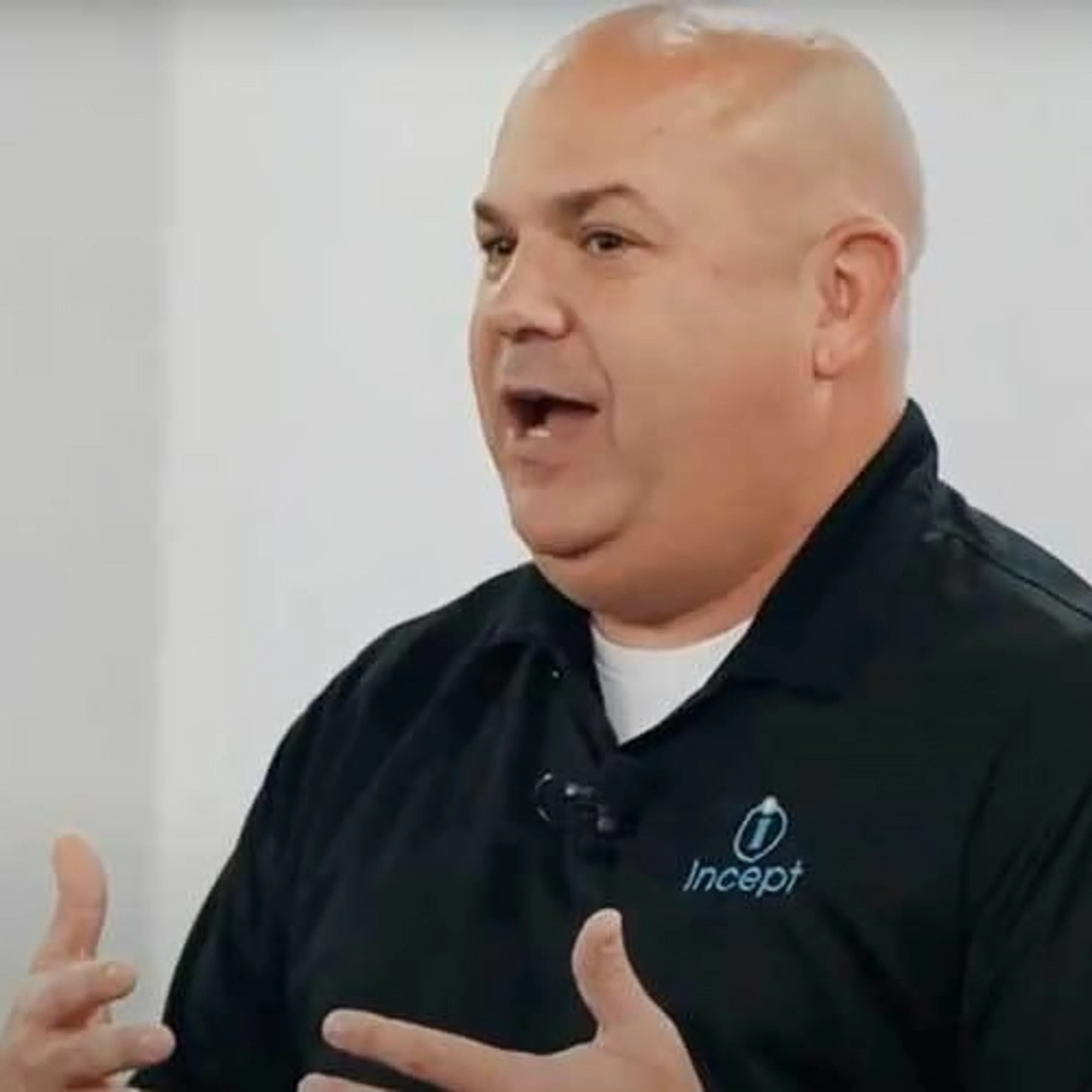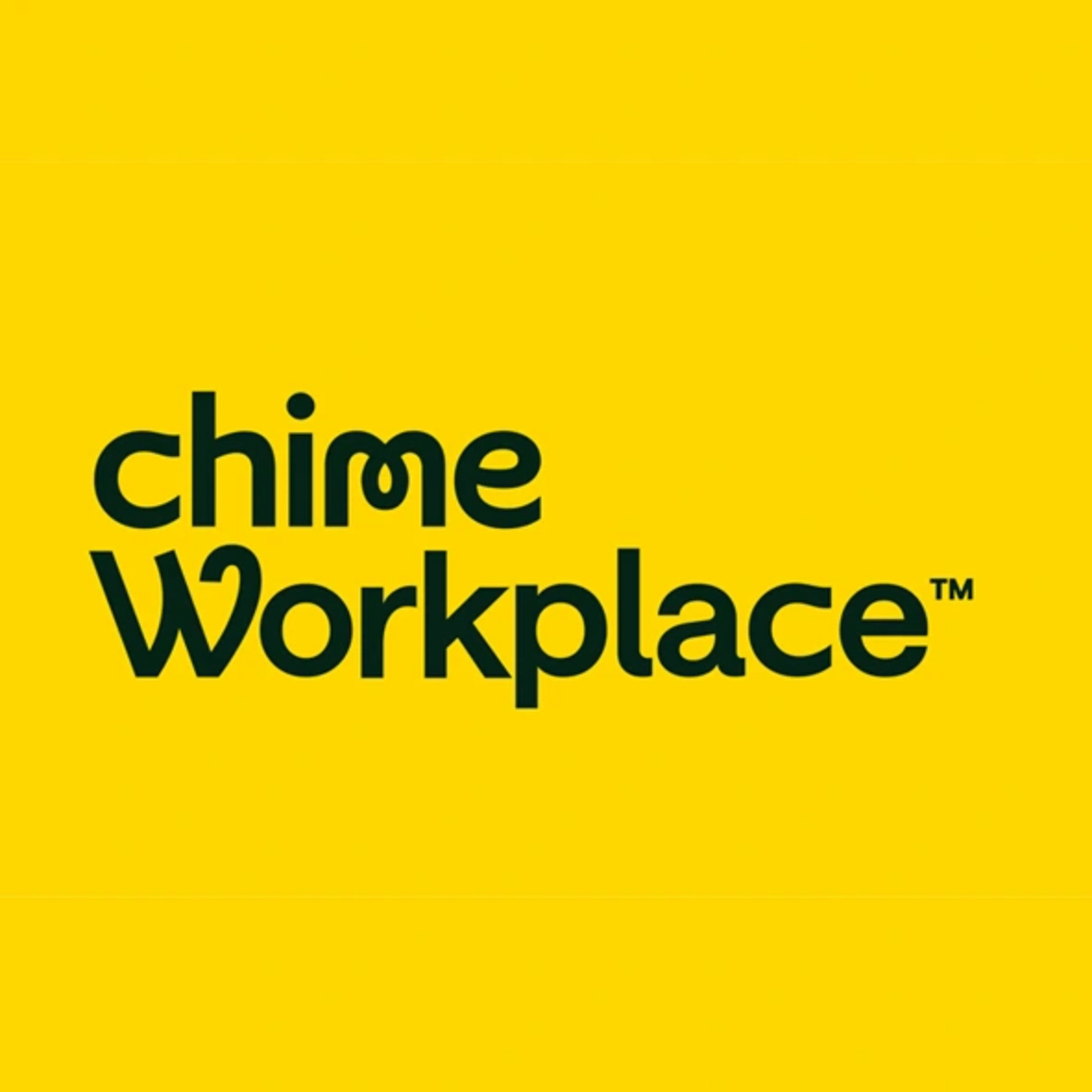Hourly workers, who constitute a significant 56% of the U.S. workforce, face unique challenges in building long-term financial equity, unlike their salaried counterparts. These challenges stem from their inability to participate in company retirement savings plans or equity ownership. The limited income of hourly workers often makes it difficult to save or invest after covering essential household expenses.
It's crucial for companies that employ hourly workers to recognize that a lack of opportunities to build equity can significantly impact workers’ motivation, productivity, financial stability, and retention. However, introducing ownership can potentially transform these factors, inspiring a more engaged and productive workforce.
What is employee ownership?
Keeping it simple, ownership is the right to control and reap the benefits of an asset — land, homes, stocks, commodities, cryptocurrency, and more — that yields dividends or appreciates over time. Employee ownership means that employees have a vested interest or a stake in the company they work for. What might that stake look like?
Employee Stock Ownership Plans (ESOPs) allow employees to accumulate company stock and are typically funded by their employers.
Stock options, which employees can buy at a set price
Worker cooperatives that are wholly owned and managed by the employees
Stock purchase plans that permit employees to buy additional shares of company stock,
Ownership allows employees to control and benefit from an asset over time, offering something that facilitates long-term financial growth and stability, compounding value.
For employers, employee ownership provides an opportunity to build a more financially resilient workforce and reduce turnover, which is particularly valuable in a challenging labor market.
How salaried employees build equity & ownership
Salaried employees have multiple ways to build company equity, which typically increases over their tenure. Bonuses, stock options, company retirement plans, and promotions to higher-paying positions help salaried workers build financial equity.
As they advance in their careers, salaried workers gain equity by building financial assets and professional capital, strengthening their financial security. This equity functions as both a reward and a compounding investment in their futures.
Why hourly workers are at a disadvantage, despite their significant contribution
Many hourly workers lack access to traditional benefits, such as 401(k) plans, company stock purchase programs, or bonus structures.
Sure, they may receive some benefits, such as health insurance and paid time off, but generally, compensation covers what these employees need to live on each week.
Additionally, hourly workers lack the stability of steady, predictable hours and long tenures that salaried employees have. They generally stay in a job for an average of three months before they qualify for benefits. Even if they have access to retirement plans, they may be unaware of them or lack the funds to participate. Many hourly workers are part-time and don’t qualify for any benefits.
Since most benefit and employee ownership programs are designed for stable, full-time employees with long tenures, hourly employees are often excluded.
How can hourly employees build ownership?
HR practitioners are rethinking what ownership could look like for hourly employees, keeping in mind that it needs to be easily understood, accessible, and flexible. Some of the alternatives to traditional equity plans include:
Stock grants based on the hours an employee works or their performance
Point-based systems that employees can redeem for ownership rewards
Profit sharing without vesting requirements
Micro-equity offerings for shift or team-based milestones
Technology is a key player in these alternatives, and new platforms are making it easier to track, deliver, and personalize ownership. Mobile apps, digital wallets and system integrations make it easier for employees to view their ownership balance and redeem rewards. They also reduce the administrative burden of managing these programs for employers.
Walmart, the largest private employer in the U.S., stands out in the retail industry by offering equity to frontline leaders and workers. By providing stock grants of up to $20,000 to store managers and announcing a 3-1 stock split, Walmart is making share purchases more accessible to all workers. Walmart is breaking ranks with other leading retailers, challenging them to follow their lead or fall behind.
A great example of how technology can help build ownership and loyalty is Chime Workplace's point-based loyalty and rewards platform — Salt. Salt is an award-winning employee loyalty and rewards system for frontline employees and employers. The platform allows employees to earn one Salt for every hour they work. Employees can set goals and build a Salt Balance that they can redeem for exclusive experiences and financial products, such as stocks.
Participating employers have seen a 63% reduction in turnover among Salt users, demonstrating that ownership and recognition with rewards drive loyalty.
The immediate reward system provides instant recognition for time worked rather than delayed acknowledgment. For hourly workers, accumulating redeemable points creates an additional financial asset alongside their regular compensation. Several factors — including a sense of ownership and the ability to save for a desired reward — contribute to Salt’s effectiveness in building employee loyalty and engagement.
According to Gallup, “Organizations in the top quartile for employee engagement experienced up to 51% lower turnover, 78% less absenteeism, and 70% more employees thriving in well-being.”
How ownership builds employee loyalty
It’s clear that employees benefit from ownership on numerous levels, but ownership also drives greater employee loyalty, engagement, and productivity, benefiting their employers in the following ways:
Increased retention reduces costs associated with high turnover and hiring replacements.
Higher engagement leads to better customer service outcomes and a happier workforce.
Better benefits create a competitive edge in attracting talent, particularly in a tight labor market.
Ownership fosters better relationships between frontline workers and their leaders.
For these reasons, creating ownership opportunities is no longer a question of “Why should we do this?” but rather, “How fast can we do this?”



